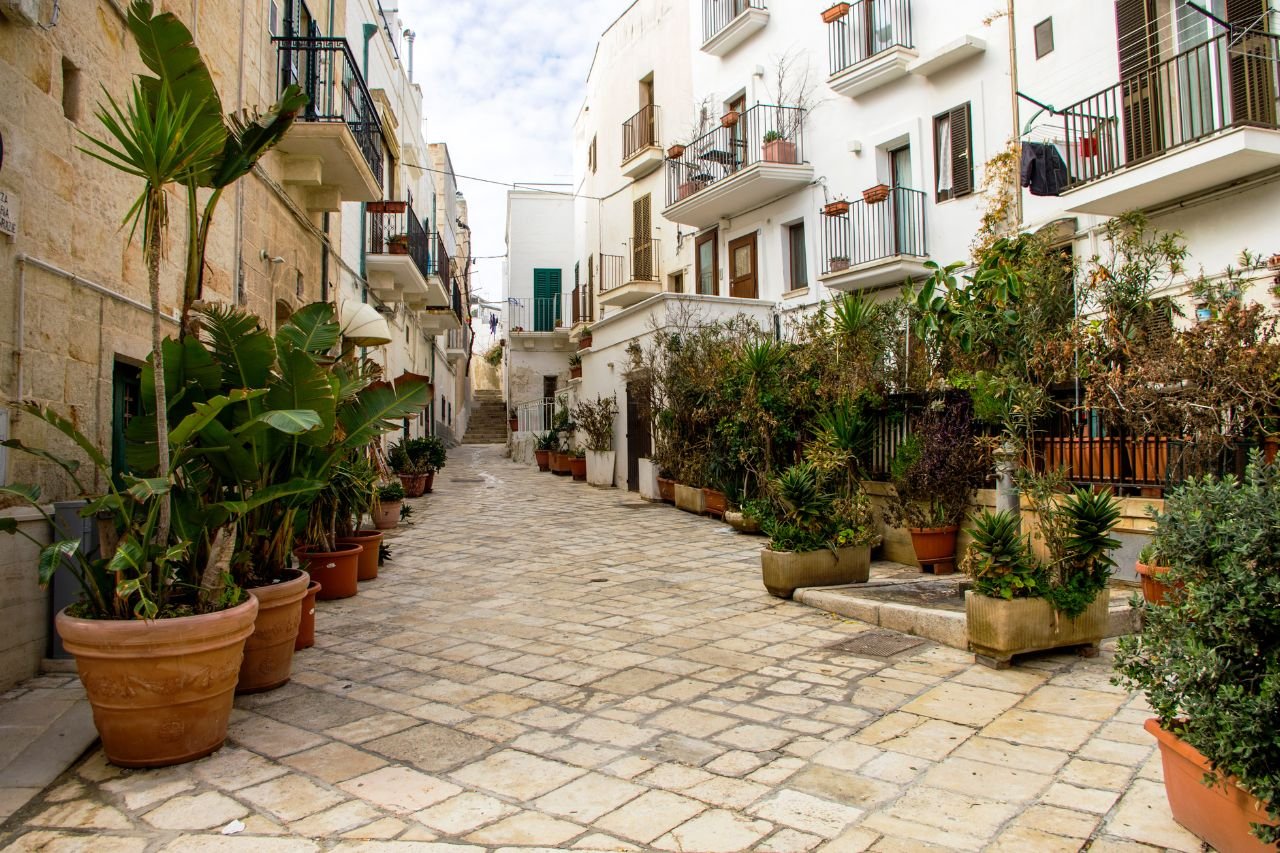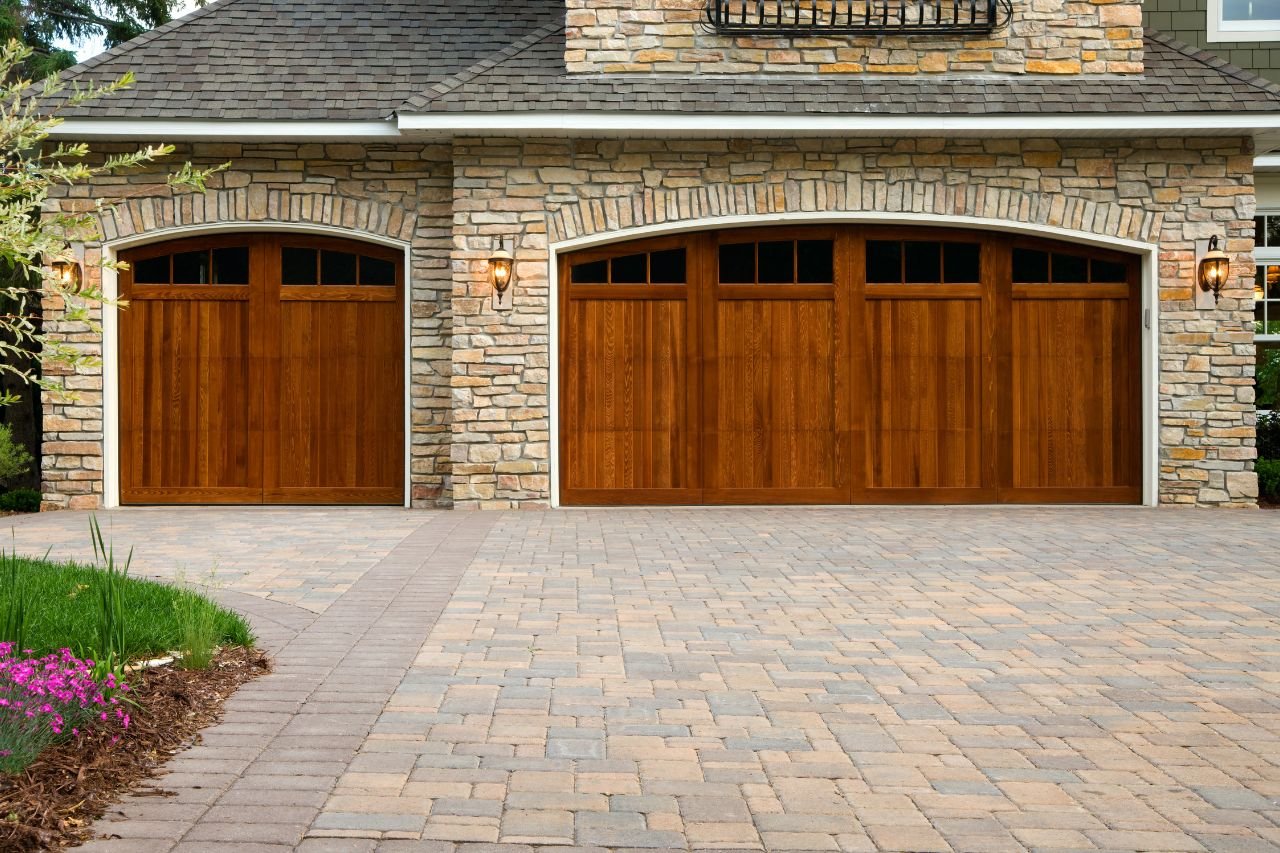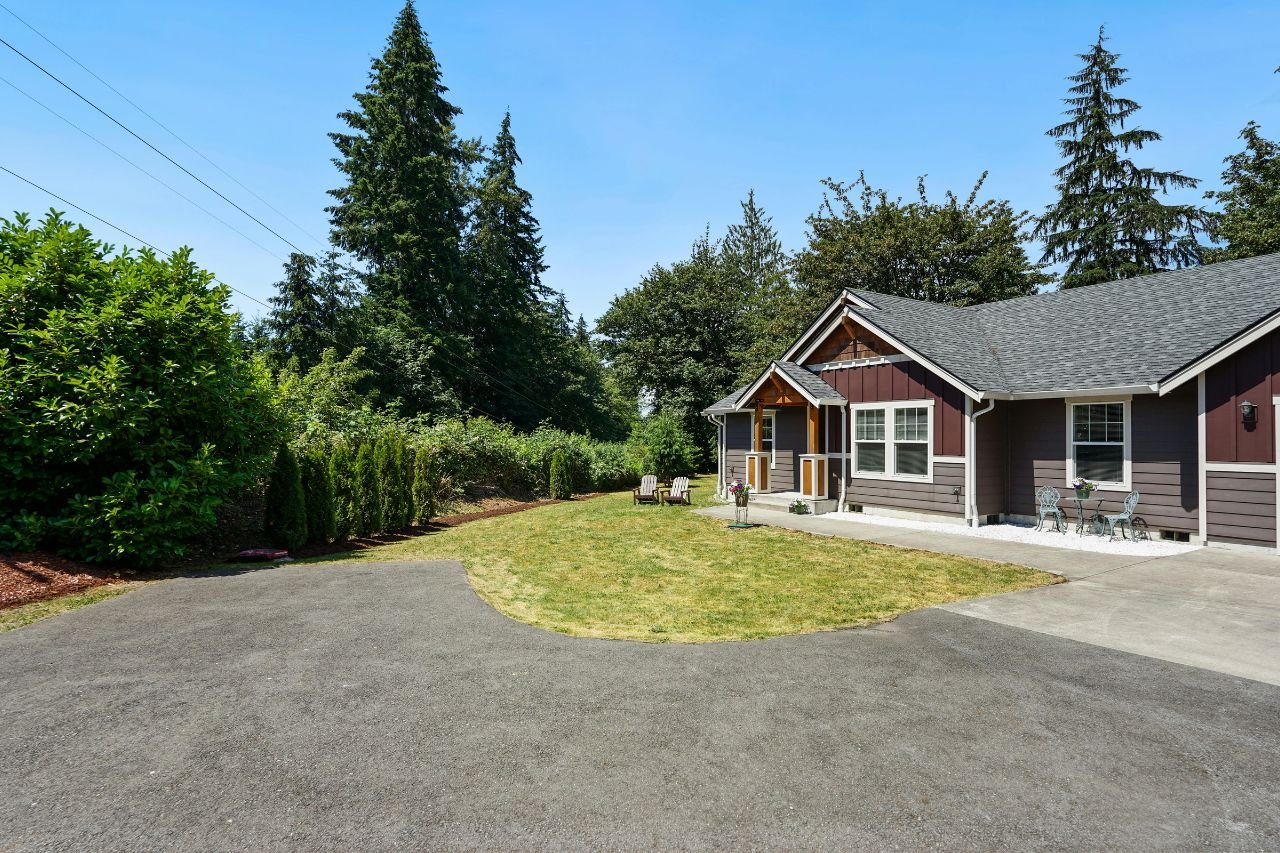Preparing for a paver installation in Wesley Chapel involves proper planning, site preparation, and material selection to ensure a smooth and successful installation process. Whether it’s for patios, driveways, or walkways, getting ready involves clear steps to achieve durable and visually appealing results.
Important Steps to Prepare for Paver Installation
Getting your space ready for a paver installation is essential to avoid project delays and ensure long-lasting results. The process includes clearing the area, confirming the paver type, and addressing drainage needs. A well-prepared site reduces risks of issues, such as uneven surfaces or poor drainage.
1. Understand Your Project Goals
Why Define Your Project’s Purpose?
Defining the purpose of your project helps determine the layout, material, and design of your pavers. Homeowners in Wesley Chapel often install pavers to improve curb appeal or create functional outdoor spaces. Deciding in advance helps you avoid last-minute changes or extra costs.
- For Driveways: Durable pavers like concrete or brick are ideal for vehicles. To explore how these materials perform in specific spaces, understand why paver installation is the best choice for driveways and patios.
- For Patios: Materials such as travertine or natural stone ensure patios remain slip-resistant and stylish under Florida’s climate.
- For Walkways: Choosing seamless designs improves accessibility and integrates well with landscaping.
2. Choose the Right Paver Material
What Factors Should Influence Your Choice?
Selecting the appropriate paver material depends on factors such as durability, maintenance, and style preferences. Each type of paver offers unique benefits suited to Florida’s weather.
- Concrete Pavers: Affordable, versatile, and ideal for layered designs.
- Brick Pavers: Long-lasting and eco-friendly, perfect for high-traffic areas.
- Natural Stone Pavers: High-end appearance and slip resistance make them a luxury option.
For more details on how specific materials improve functionality and aesthetics, explore recommendations on the best types of pavers for Wesley Chapel homes.
3. Confirm Site Measurements and Layout
How Does Measurement Impact the Project?
Accurate site measurements ensure you purchase the right amount of paver materials, minimizing waste and unexpected costs. Mark the layout with stakes and string lines to define the area clearly. Consider expansion space and edge restraint placement during the marking process.
4. Assess and Address Drainage Needs
Why Is Drainage Planning Important?
Proper drainage prevents water from pooling on the paver surface, extending its lifespan. Sloped areas need careful grading to direct water away from the installation. Incorporating sand bedding or permeable pavers can further assist with drainage management.
Drainage solutions are particularly crucial for large-scale projects, such as driveways. To manage expectations about timelines and site preparation, you must know how long paver installation typically takes and what occurs during the process.
5. Prepare the Installation Area
Steps to Clear and Grade the Site
Clearing the installation area is critical for achieving a smooth and stable foundation. Begin by removing debris, rocks, and existing vegetation. Ensure the site is leveled adequately by filling low spots and compacting the ground with a plate compactor.
Checklist Before Starting Installation:
- Remove obstructions like tree roots.
- Compact the soil to prevent shifting.
- Use geotextile fabric for weed control.
6. Purchase the Necessary Materials
What Materials Will You Need?
Purchase all materials, including pavers, bedding sand, and edge restraints, before starting your project. Avoid skimping on quality, as premium materials reduce long-term maintenance.
For Wesley Chapel homes, natural stone or brick is often recommended for durability and style. Sealing these pavers after installation will protect them from Florida’s weather conditions and ensure their color remains vibrant for years.
7. Identify Labor and Equipment Requirements
Why Plan Labor and Tools in Advance?
Paver installation requires specific tools such as tampers, saws, and compactors. Additionally, labor-intensive tasks like grading and applying joint sand benefit from professional expertise, especially for larger projects.
Benefits of Proper Preparation
Increased Durability
A well-prepared site ensures your paver installation will last for years without issues like uneven surfaces or cracking.
Cost Savings
Avoid costly repairs by handling drainage, grading, and layout mistakes before starting.
Enhanced Visual Appeal
Work with professional installers to create symmetry and seamless designs, boosting your home’s curb appeal.
Bonus Tips for Wesley Chapel Residents
When Is the Best Time for Installation?
Paver installation projects are best completed during dry months to ensure materials settle properly. Summers in Wesley Chapel are ideal due to consistent dry weather.
How Sealing Adds Value Post-Installation
Sealing your pavers protects them from fading, stains, and water damage. For more information on sealing and its benefits, understand why sealing is essential for sustaining results in Wesley Chapel.
Cost Breakdown and Material Comparison
| Preparation Task | Estimated Cost | Why It’s Necessary |
|---|---|---|
| Site Clearance | $1–$3 per sq. ft. | Ensures debris-free foundation. |
| Soil Compaction | $0.50–$1 per sq. ft. | Prevents uneven surfaces. |
| Edge Restraint Installation | $1–$2 per linear ft. | Maintains alignment and structure. |
Frequently Asked Questions
1. How long does paver installation take after preparation?
The time depends on the project size. However, small patios may take 1–2 days, while large driveways could require up to a week. Refer to details on how long paver installation takes and the typical process for more specifics.
2. Do I need to seal pavers after installation?
Yes, sealing pavers helps protect them from Florida’s weather and increases their lifespan. It also enhances their color.
3. Can heavy rain affect paver installation?
Rain can delay installation and disrupt the setting process. It’s best to schedule projects during dry months.
4. What type of pavers require the least maintenance?
Porcelain pavers are low-maintenance and resist stains, making them a convenient choice for homeowners.
5. How do I prevent weeds between pavers?
Applying polymeric sand during installation and using a geotextile fabric below the base can minimize weed growth effectively.
Call Us Today
Preparing for a paver installation in Wesley Chapel contributes to a successful project outcome. By ensuring proper site preparation, selecting durable materials, and addressing drainage, you create a foundation for long-lasting results. For expert assistance and professional installation services, explore our website for detailed information on paver solutions.


